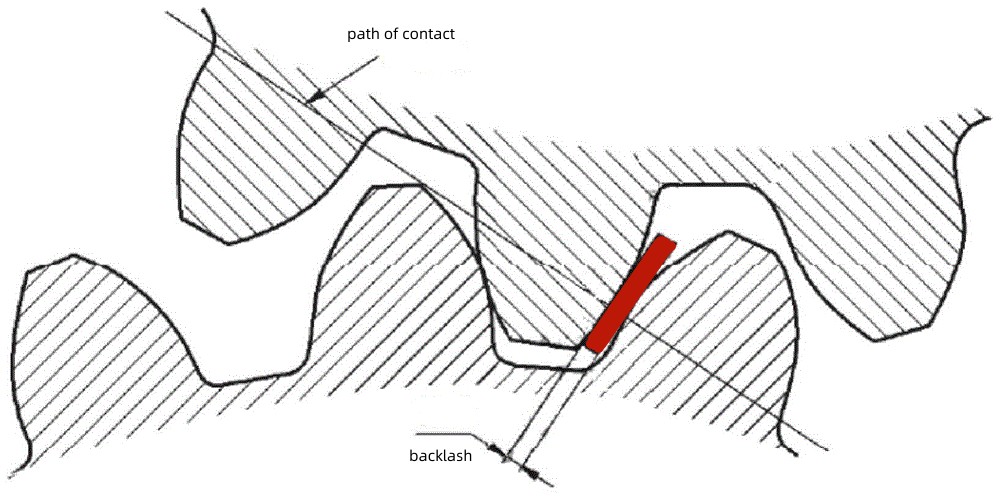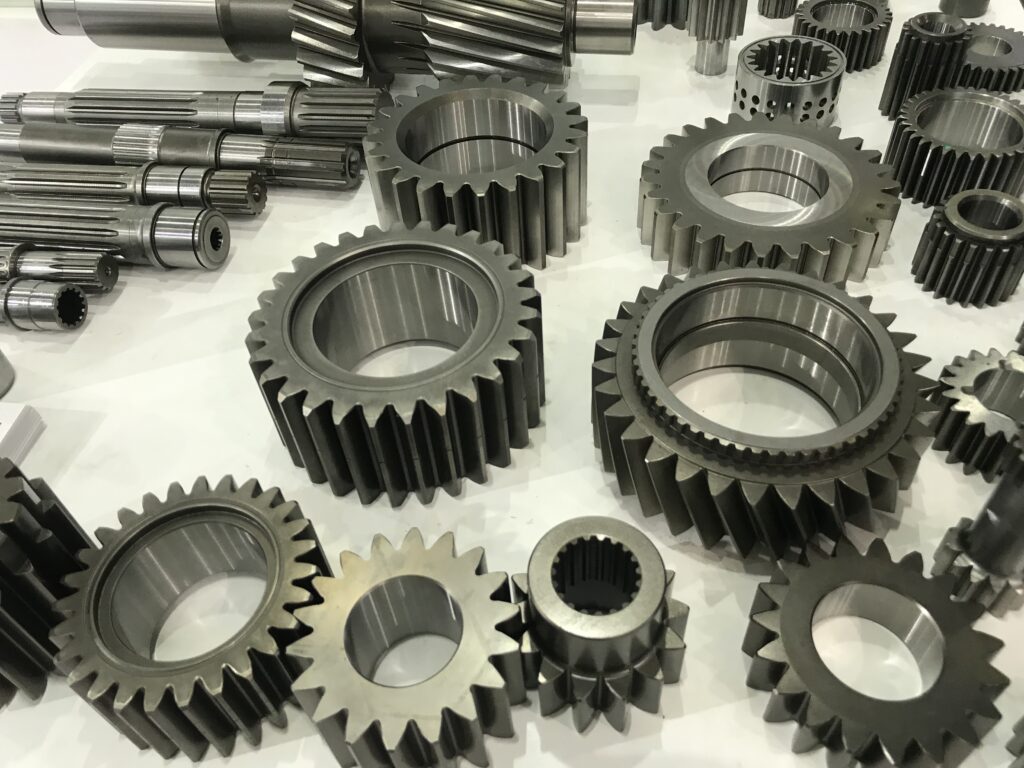Gear components in the manufacturing industry are very essential, as they transmit power from one shaft to another. To ensure efficient power transmission and a longer lifespan of gears, it is important to consider the various factors that affect their performance. Backlash and tip clearance are two important factors that impact gear performance. This article will discuss what backlash and tip clearance are, why they are necessary for gear mating, how to adjust backlash, and how to measure tip clearance.
Backlash
What is backlash?

Backlash refers to the amount of free movement or play between the mating teeth of two gears. It is the distance between the tooth flanks of the driving gear and the driven gear. Backlash can occur due to manufacturing tolerances, wear, or misalignment of gears.
When the gears are in mesh, the amount of backlash determines how much the gears can rotate before they engage. In other words, it is the amount of clearance between the mating teeth of the gears. Backlash can be both positive and negative. Positive backlash occurs when there is a gap between the mating teeth, while negative backlash occurs when the teeth overlap.
Why backlash is necessary for gear mating?
Backlash is necessary for gear mating because it allows for the smooth operation of gears. Without the appropriate amount of backlash, the gears may bind, causing excessive wear and damage to the teeth. Excessive backlash, on the other hand, can cause the gears to rattle, leading to noise and vibration. Therefore, the amount of backlash must be within a certain range to ensure the proper operation of the gears.
Moreover, backlash compensates for changes in operating conditions such as thermal expansion, bearing deflection, and lubrication. As gears heat up during operation, they expand, which can affect the amount of backlash. Backlash can also be affected by the wear of the gear teeth and the deflection of the bearings. Thus, a certain amount of backlash is necessary to allow for these changes without causing damage to the gears.
How to adjust backlash?
Adjusting backlash is important to ensure that the gears operate correctly. Backlash can be adjusted by moving the position of the gears or by changing the size of the gears. The following are the steps involved in adjusting backlash:
Step 1: Measure the current backlash – Before adjusting the backlash, it is important to measure the current amount of backlash. This can be done using a dial indicator, which measures the movement of the gears.
Step 2: Determine the required backlash – The required amount of backlash depends on the application and the gear specifications. Consult the gear manufacturer’s specifications to determine the required amount of backlash.
Step 3: Adjust the gears – To increase the backlash, move the gears further apart. This can be done by loosening the mounting bolts and shifting the gears to the desired position. To decrease the backlash, move the gears closer together. This can be done by tightening the mounting bolts and shifting the gears to the desired position.
Step 4: Re-measure the backlash – After adjusting the gears, re-measure the backlash to ensure that it is within the required range.
What is tip clearance?

Tip clearance is the distance between the tip of the gear teeth and the tooth root of the mating gear. It is an important factor in gear performance because it affects the amount of contact between the gear teeth. The tip clearance is typically measured at the pitch diameter of the gear, which is the diameter at which the gear teeth are in contact.
Why is Tip Clearance Necessary?
Tip clearance is necessary to prevent interference between the gear teeth, which can lead to damage and wear. It compensates for manufacturing tolerances and thermal expansion, which can affect the gear dimensions. Tip clearance also allows for the proper lubrication of the gear teeth, which is essential for reducing wear and extending the life of the gears.
When designing, it is important to ensure that the tooth top is not too small, otherwise there may be impacts when the center distance changes. At the same time, the top clearance also has the function of storing oil, so it is necessary to retain a suitable top clearance. Generally, controlling the top clearance at 0.25mn is sufficient.
How to Measure Tip Clearance?
To measure tip clearance, use a feeler gauge at the pitch diameter of the gear. Check the gear manufacturer’s specifications to determine the required amount for your application. If the measured amount is too high, you can increase tip clearance by adding shims. If the amount is too low, you can decrease tip clearance by removing shims or changing the gear size.
Check this article What are the commonly used gear testing machines? to know more methods of gear testing.
Thank you for reading. Join our membership for more latest blogs.


